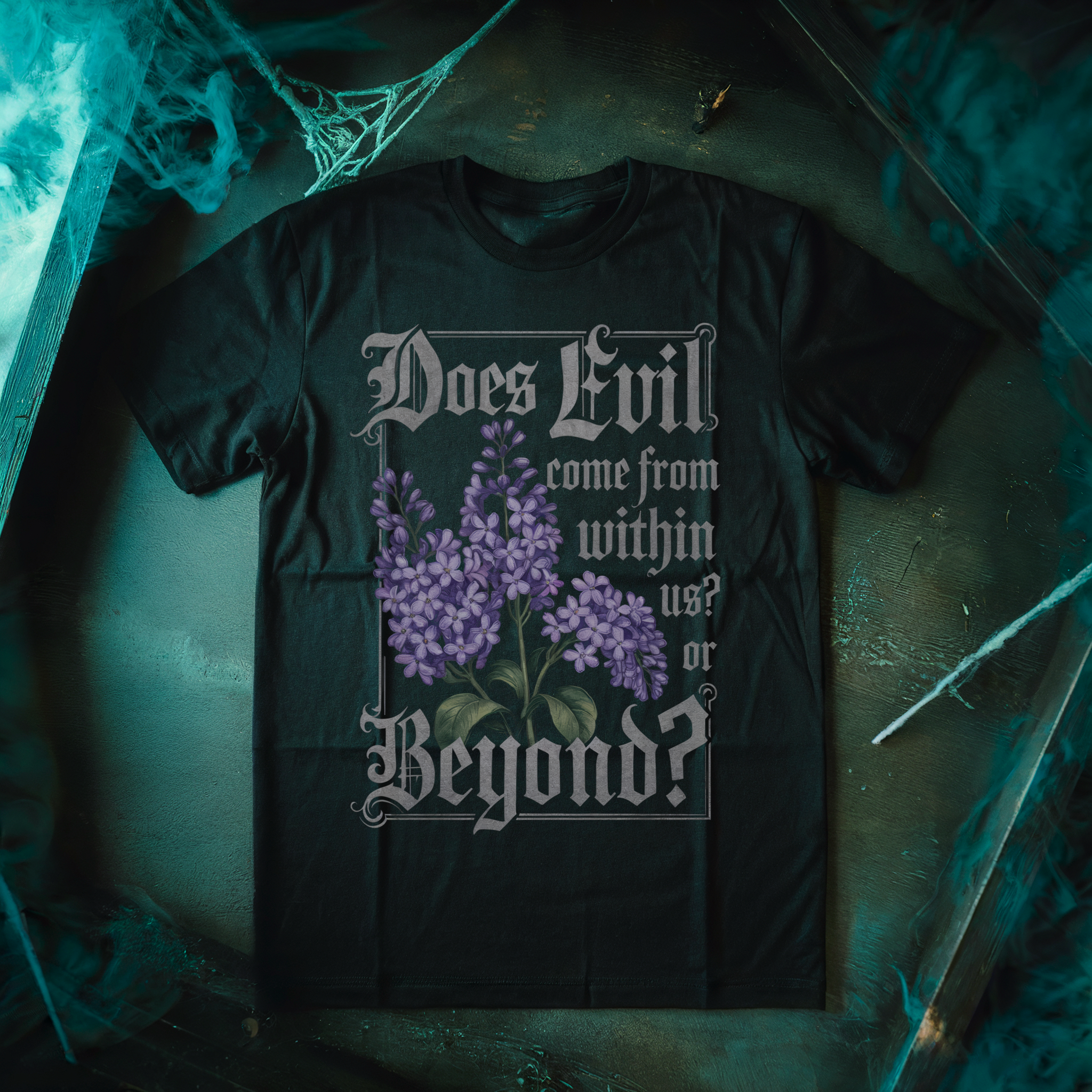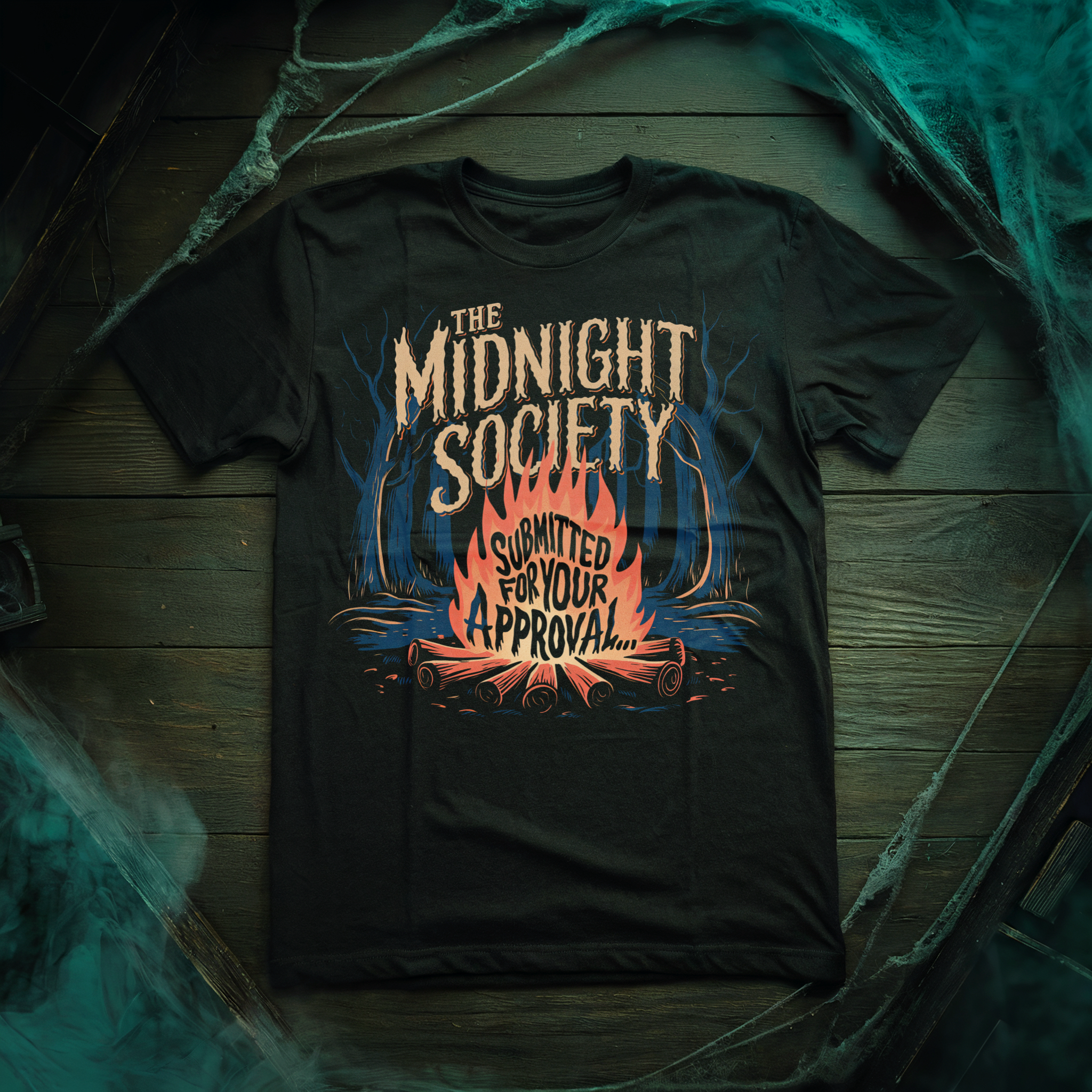It’s a Haunting on Film Street this month at NOFS. We’re talking poltergeists, haunted houses and evil spirits. At first, I was stumped on finding a movie that has both ghosts and punks, until I uncovered this 1980s gem called The Wraith, a supernatural teen drama, written and directed by Mike Marvin. It features fast cars and a shotgun-wielding spectre taking out a gang of tweaked-out punks, one at a time. Think of it as the Crow meets the Fast and the Furious.

Tucson, Arizona is being terrorized by a gang of no-good gearheads who force the townsfolk into illegal street races. If they lose the race, they lose their car. Leading the gang is Packard Walsh (Nick Cassavetes). He is madly in love with Keri Johnson (Sherilyn Fenn), a roller waitress at the local drive-in burger joint who does not feel the same about Packard. She’s forced into the relationship against her will, and anyone who speaks to her or even looks at her runs the risk of being on the other end of Packard’s switchblade. Not that anyone would dare to get close to Keri, after the last man who was caught in bed with her ended up dead. That all changes when Jake Kesey (Charlie Sheen) rolls into town on his motorcycle, unafraid to sweet talk Keri. At the same time, a mysterious black hot rod also shows up in town, the driver hidden behind tinted windows. Packard wants the car for his collection, getting his goons to challenge the unseen driver to a street race.
The black car turns out to be a lot faster than expected, but its driver isn’t concerned with winning. The races get cut short when the black car stops in the middle of the road, causing the opponent to drive straight into it and explode. The black car always manages to drive off from the destruction without a single scratch. Sheriff Loomis (Randy Quaid) has been trying to shut down the street racing gang for years, but now people are dying at an alarming rate. Even stranger, the corpses pulled from their flaming cars are completely unburned, with their eyes missing from their sockets. Something strange is afoot. The mystery driver has a personal vendetta with Packard’s gang, showing up to their hideout dressed in full-body exoskeleton armor, and blasting the hoods of their cars with a shotgun. It’s later revealed (to no one’s surprise) that the driver is Jake, who is actually Keri’s dead boyfriend Jamie back from the grave to get his revenge on Packard (I’d be so lucky to be reincarnated looking as good as 20-year old Charlie Sheen, minus the cocaine addiction).
“Think of [The Wraith] as the Crow meets the Fast and the Furious.”
The first thing that struck me about the Wraith is why I haven’t heard of it before. It should have had some kind of a resurgence based on its cast alone (maybe it did, I just wasn’t aware of it). In 1986, many of the cast members were virtually unknown, but went on to have very successful careers. At the time, Charlie Sheen was living in the shadow of his father Martin Sheen and his older brother Emilio Estevez. The biggest role Charlie had at that point was in Red Dawn, and a few TV movies. The Wraith is one of the first movies with Sheen in the lead role. But it was a few weeks after the release of The Wraith that Sheen was seen in his breakout role in Oliver Stone’s war thriller Platoon. That, along with Wall Street the following year, launched Sheen into superstardom, shaping him into the cocaine-sniffing, pornstar-dating, tiger-blooded individual he became.
Sherilyn Fenn looks almost unrecognizable with blonde hair, but who could miss that signature beauty mark next her eye? At the time, she was only being cast in B-movies, but four years after the Wraith, Fenn captured the hearts of boys (and some girls) across America as the dark-haired teenage femme fatale Audrey Horne in Twin Peaks. During the filming of The Wraith, she was dating Johnny Depp, having met him on the set of the short film Dummies. Depp was apparently considered for a role as a gang member in the Wraith, but even when he didn’t get the part, he just hung out on set to be closer to Fenn.
![the wraith 1 [Gut the Punks!] Charlie Sheen Is A Ghost Driver Getting Revenge On A Gang Of Street-Racing Punks In THE WRAITH 11 the wraith 1](https://nofspodcast.com/wp-content/uploads/2020/09/the-wraith-1-800x443.jpg)
Nick Cassavetes is intimidating as Packard Walsh, but he became less scary in my mind when I found out he directed The Notebook almost 20 years after. Randy Quaid nails his performance as a grizzled no-nonsense sheriff, though it’s hard to take him seriously, since I kept imagining him as Cousin Eddie from the National Lampoon movies. And how could I forget to mention Clint Howard? Howard’s acting career was 20-years strong by the time he was cast in the Wraith, the first of many horror films he would dip his toe into such as Ice Cream Man and Silent Night, Deadly Night 5: The Toy Maker. Not nearly as sexy as the rest of the cast, Howard plays Rughead (nicknamed for his Eraserhead-like haircut), an gear wiz in charge of fixing up the gang’s cars. Rughead is the only one to realize the wraith’s true identity. Freaked out that he might be next on the hit list, he calls it quits and leaves the gang, seconds before their hideout is incinerated by the black car.
Each gang member has their own style, with their own custom car to match. While Packard looks more like a surfer with his shaggy haircut and bead necklace, his goon Skank (David Sherrill) is the quintessential punk of the gang, sporting a rainbow mohawk, and excess makeup that changes from scene to scene. Skank shares a similar diet with his flame-painted car; he’s constantly tweaked out of his mind from drinking hydraulic fluid or huffing WD-40. In his passenger seat is the dirt-faced Gutterboy (Jamie Bozian), who somehow has even less brain cells than Skank. Together, they’re the comic relief, failing spectacularly at everything Packard tells them to do. The characters had some longevity beyond 1986. Last year, Sherrill and Bozian reprised their roles as Skank and Gutterboy to wish Cassavetes a happy 60th birthday. And during my research, I discovered a lo-fi vaporwave group called Gutterboy+SKANK, who released a concept album based on the Wraith in 2017 called Chop Shop Suey.
“There’s a number of dangerous car stunts during the street races, and the stunt drivers came close to death on a number of occasions.”
The supercar The Wraith drives is a Dodge M4S, also known as the Turbo Interceptor—the only one of its kind. Developed by Chrysler, the Interceptor was capable of going from zero to 60 mph in roughly four seconds, and had a top speed of 185 mph. Since the car cost about 1.5 million dollars to make, several replicas were made for the high-speed action scenes (they couldn’t risk damaging a car that cost half of the production’s budget). There’s a number of dangerous car stunts during the street races, and the stunt drivers came close to death on a number of occasions. But one race scene led to the death of cameraman Bruce Ingram. Crew members had piled into a car that drove ahead of the two racing hot rods, with the camera shooting the action behind them. A lot of the races took place on winding roads over mountainous regions with steep drops. The overloaded camera car had trouble turning around a bend and flipped, sending bodies flying into the mountainside and over the cliffs. Ingram was killed, and seven other crew members were seriously injured. A dedication to Ingram’s memory was added to the end credits, and after production, the crew members organized a demolition derby using the damaged cars to raise money for Ingram’s family.
But The Wraith isn’t your typical adrenaline-pumping carsploitation movie. There’s the whole paranormal aspect, aided by the use of visual effects that probably looked impressive at the time, but now are just laughable. The movie opens on these glowing orbs flying around in the night sky and blasting across the Arizona desert. The orbs then come together to form the ghostly Turbo Interceptor. The car isn’t necessarily indestructible like Stuntman Mike’s ride in Death Proof. Upon collision, it explodes into a million pieces just like the other car, but then those pieces magically light up and rematerialize as the whole vehicle, unscathed. Probably the spookiest moment of the film is when Packard is rear-ended, sending his car into a cemetery where the wraith is waiting next to a gravestone with Packard’s name on it. Outside of his car, the fully-armored Wraith had many opportunities to kill Packard on sight, but these moments only serve as intimidation before the next big race. Ghost powers enable Jake to phase in and out of his helmet and armor combo to his plainclothes form, predating the Power Rangers.
![the wraith 2 [Gut the Punks!] Charlie Sheen Is A Ghost Driver Getting Revenge On A Gang Of Street-Racing Punks In THE WRAITH 12 the wraith 2](https://nofspodcast.com/wp-content/uploads/2020/09/the-wraith-2-800x449.jpg)
If the effects don’t timestamp this movie, the soundtrack certainly does. Other than the synth-heavy score, it’s filled with ‘80s rock classics like Billy Idol’s “Rebel Yell” and Mötley Crüe’s “Smokin’ in the Boys Room.” Ozzy Osbourne’s “Secret Loser” plays during the first race sequence, though the song sounds like it would be more appropriate on an aerobics workout tape than on Headbanger’s Ball. Romantic scenes between Jake and Keri are accompanied by songs like Robert Palmer’s “Addicted To Love” and LaMarca’s “Hold On Blue Eyes.” The production company made a deal with Scotti Brothers Records, who provided songs from artists who didn’t have much of a career beyond the ‘80s like Tim Feehan and hair metal act Lion, who also appeared on the soundtrack for Friday the 13th: The Final Chapter and performed the theme song for Transformers: The Movie (1986). I hesitated adding these songs to the Gut the Punks Spotify playlist due to their sheer amount of cheese, but I’ve put more questionable music on that playlist, so why the hell not?
All these ingredients make the Wraith the ultimate ‘80s movie: a cool aesthetic, lots of synth in the soundtrack, cheesy effects, big explosions, goofy costume design, bad-to-the-bone villains, tons of toxic masculinity, a nonsensical plot, and way too much screen time devoted to the love story. It’s definitely worth the watch if you have a need for speed and a guilty pleasure for everything from that decade.
![the wraith poster [Gut the Punks!] Charlie Sheen Is A Ghost Driver Getting Revenge On A Gang Of Street-Racing Punks In THE WRAITH 13 the wraith poster](https://nofspodcast.com/wp-content/uploads/2020/09/the-wraith-poster.jpg)





![the wraith featured [Gut the Punks!] Charlie Sheen Is A Ghost Driver Getting Revenge On A Gang Of Street-Racing Punks In THE WRAITH 10 the wraith featured](https://nofspodcast.com/wp-content/uploads/2020/09/the-wraith-featured.jpg)



